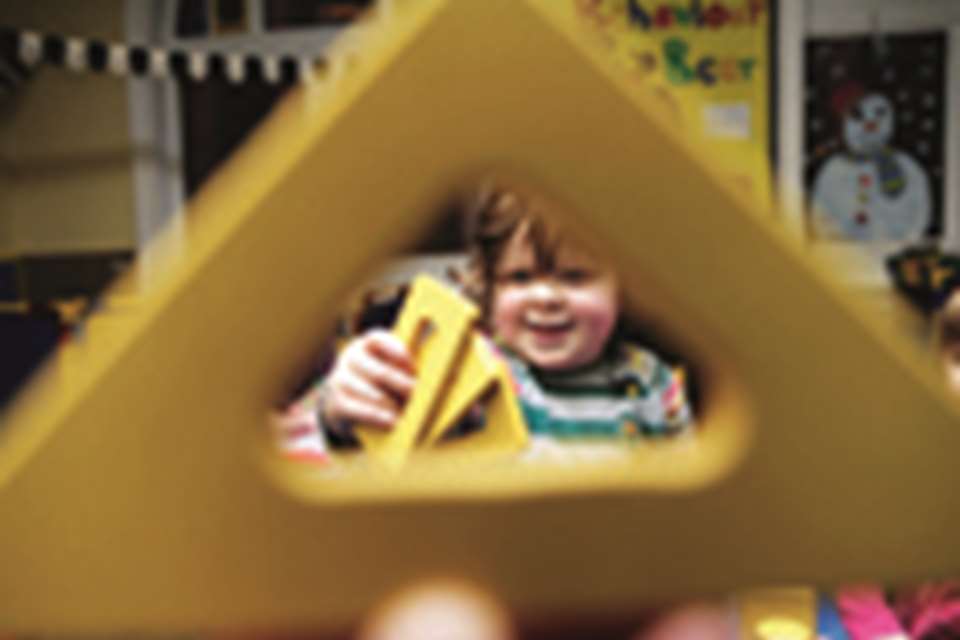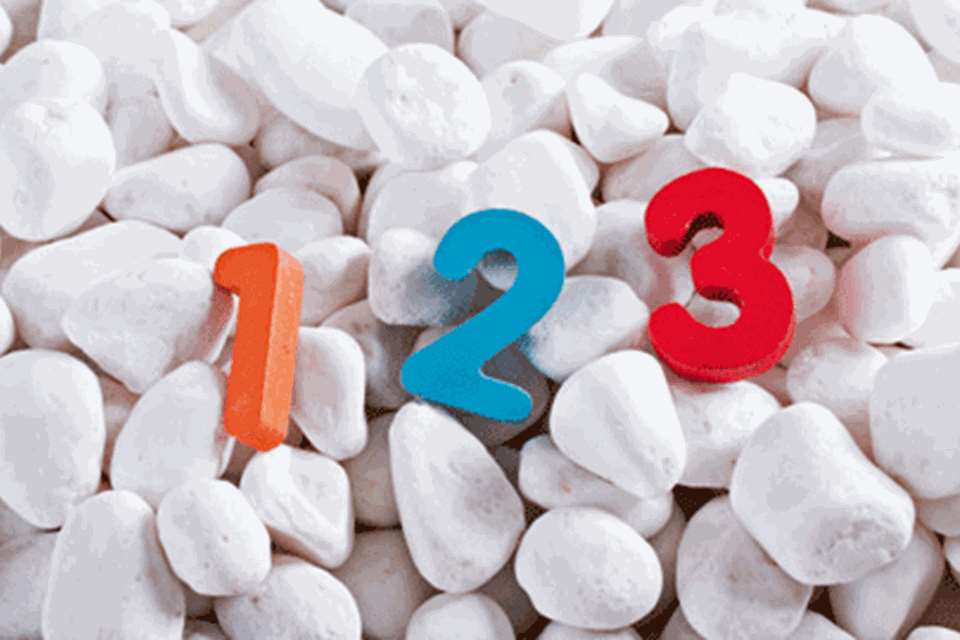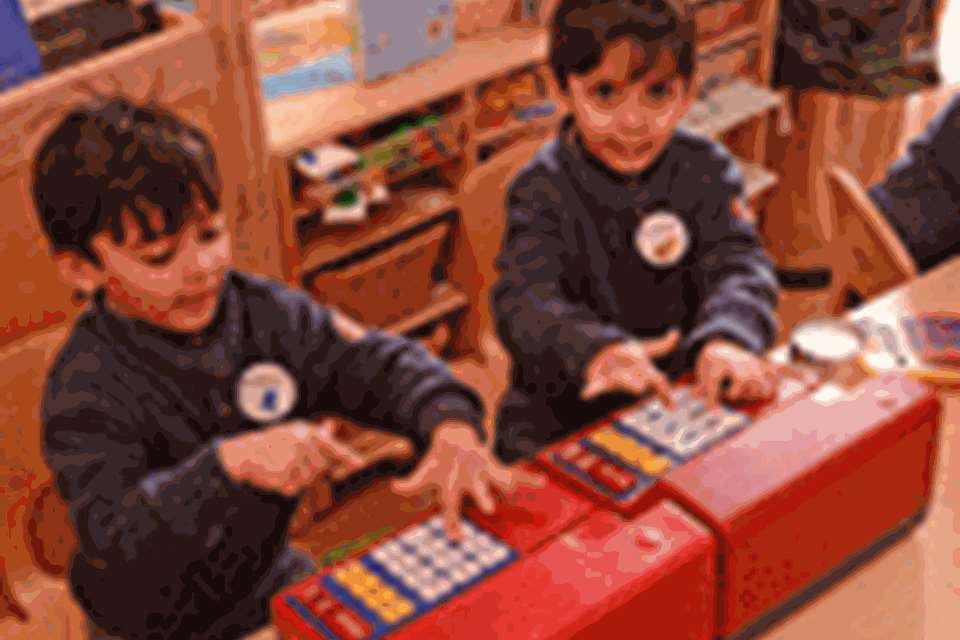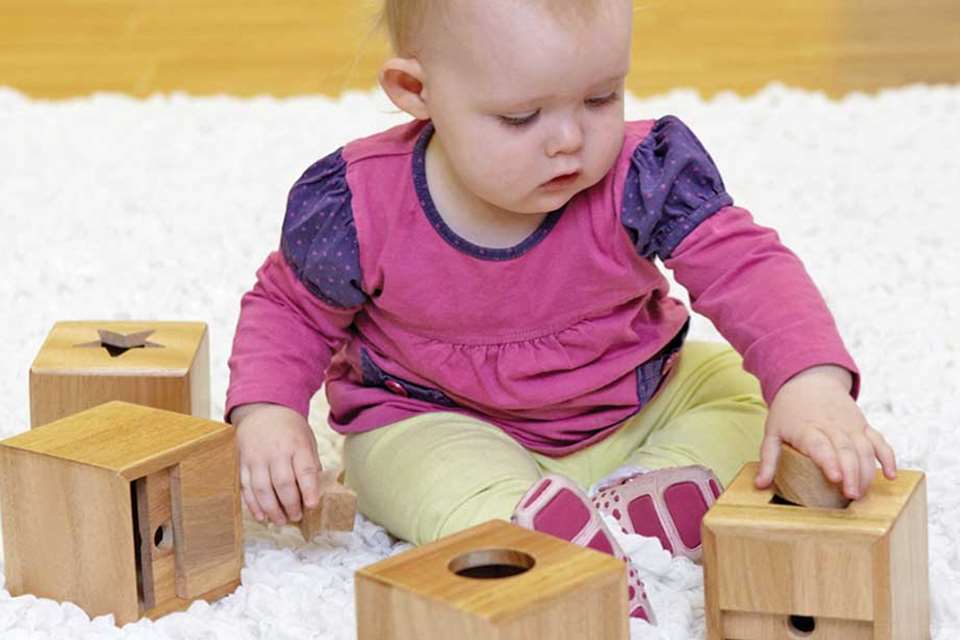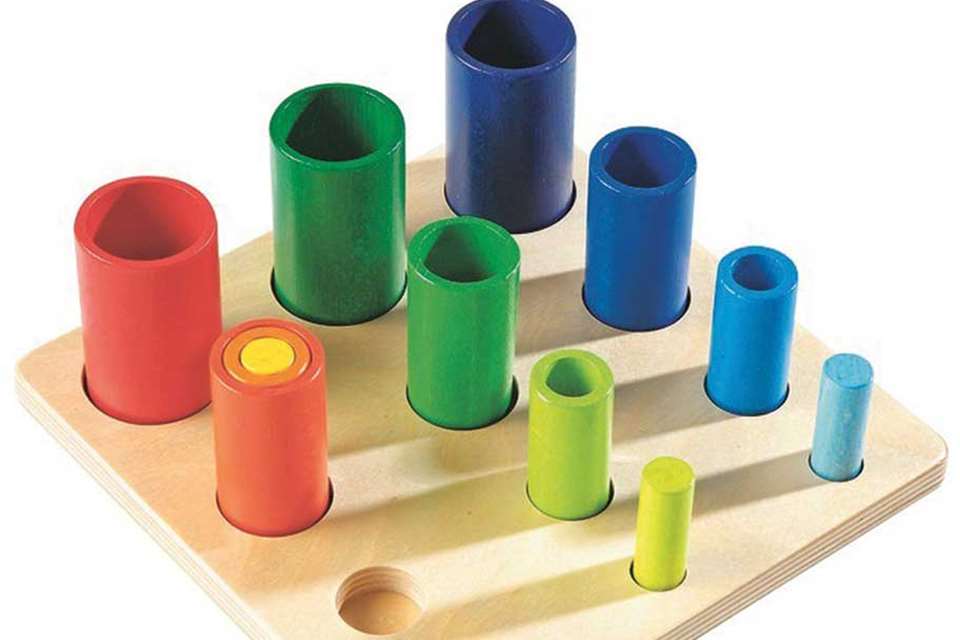Positive Relationships: Shapes and sizes - Size it up
Penny Tassoni
Monday, December 15, 2014
Teaching the concepts of shape and size requires the right vocabulary, but incorporating everyday tasks, jigsaw puzzles and construction is equally important - and ideal at home, says Penny Tassoni

Shape and size are concepts that are important for children to gain. In England, they form part of the EYFS area of learning 'Shape, space and measures', while in Wales they come under the umbrella of mathematical development. This means that opportunities for children to explore them have to be planned into the curriculum. Happily, there are plenty of practical ways in which children can enjoy learning about shape and size, so there is no call to bring out the flashcards or worksheets!
The vocabulary of shape and size
Considering how children will learn the language that relates to shape and size is important as it gives them opportunities to express what they are touching and seeing.
It is surprising how many children reach reception and assign the medium-sized object out of three as the 'mummy' one. While this is a clever association, no doubt gained from hearing Goldilocks and the Three Bears, it also reminds us of the need for children to be exposed to precise vocabulary. With a few well-chosen activities and books, this is quite easy. All it requires is an adult to draw their attention to what they are looking at or handling and then to comment on it - for example, 'You have chosen the smallest ball!'
If opportunities to talk about shape and size are used consistently, children soon pick up the language. A good strategy to assess knowledge of shape and size is to avoid closed questions such as, 'What shape is this?' Instead, show interest in what a child is doing and ask them to talk about what they are holding. This may generate a more complex answer and, where a child is struggling, allow us to suggest the terms needed.
Everyday opportunities
Many children learn about shape and size by being involved in household tasks and everyday routines. Sorting out washing allows children to look at clothes of different sizes, while laying the table involves choosing crockery and cutlery of the right size.
In the kitchen, children see utensils and baking tins of different sizes. The humble activity of washing up can provide ample opportunities for children to think about shapes and textures. Where early years settings bring elements of the everyday into their routine, they often report that children are highly engaged and motivated to communicate.
In the same way, children can learn about size and shape when shopping for fruit and vegetables. Not all settings can take children to the local shop on a regular basis. Instead, it is worth considering creating a well-stocked role-play grocery shop with as many real props as possible, including fruit and vegetables. Some settings also combine snack time with the role-play shop so the children 'buy' fruit or vegetables. This creates an easy backdrop for children to be prompted to add in the size of what they wish to 'purchase'.
Piece by piece
One of the ways in which children can learn about shape and size is by using jigsaw puzzles. While these traditional toys were once found in most children's homes, today they are not always given a high profile in shops. This is a shame because children can gain a range of skills from using them, including problem solving, logic and perseverance.
As jigsaw puzzles are so useful, it is worth thinking about the range of jigsaw puzzles in your setting, how they are presented and whether children need an adult to guide them through the process.
In some cases, children have started a jigsaw puzzle, but have never finished one and so not experienced that feeling of satisfaction when placing the final piece. For more complex jigsaws, children may also need an adult to guide them so that they learn to complete the edges and corners to act as an orientation and, of course, to look at the all-important picture.
As jigsaw puzzles are very affordable, some early years settings add these to the books that they lend out to parents. Ideally, it is worth making sure that jigsaw puzzles are individually chosen so that they meet individual children's skill levels.
Construction play
Finally, no article about shape and size would be complete without looking at the importance of construction play. Here we can hit a potential barrier as some girls, once they explore gender concept, come to the conclusion that construction is not a feminine activity. This often begins at three or so and can become quite entrenched by four.
As construction helps with spatial awareness and problem solving, and provides cues to talk about shape and size, it is important that we look for ways of encouraging all children to engage at some point with this type of play. It might mean that we need to incorporate elements of construction into other types of play, including small-world and role play to align it more closely with children's interests.
It might also mean putting out visual prompts that help girls realise that construction can be for them. So, perhaps there is a debate to have about whether pink Lego is the way to go?
[asset_library_tag 664,Download the PDF]



